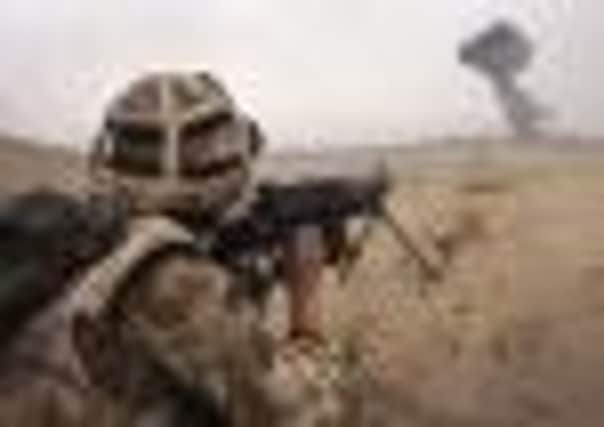Computer model ‘predicts’ Afghan conflict


The team from the University of Edinburgh analysed military logs from Afghanistan between 2004 and 2009 to develop a model to see how events would occur in troublespots in 2010.
They say their program was more than 80 per cent accurate in determining which provinces were going to have increases or decreases in violence.
Advertisement
Hide AdAdvertisement
Hide AdResearchers said that far from being random events, conflict in the war zone revealed distinctive patterns.
Last night, defence experts said that used in conjunction with human intelligence on the ground, the computer model could be a useful tool to help with future deployment and procurement contracts worth billions of pounds.
Scientists, including teams from Sheffield and Columbia University in New York, analysed data from the WikiLeaks Afghan War Diary, containing more than 75,000 military logs recorded by the United States military.
Using an approach known as “spatio-temporal modelling”, the team identified statistical patterns in the WikiLeaks data, based on when and where events – such as gunfights or stop-and-search incidents – were logged in the data.
From these patterns, researchers predicted which provinces were likely to experience more conflict in 2010 and which were likely to have less. They were also able to say how accurate the predictions were based on the uncertainty or volatility in the region.
The researchers say the study, published in the Proceedings of the National Academy of Sciences, has helped them better understand how automated computational techniques can be used to understand and predict conflict. Andrew Zammit Mangion, at the University of Edinburgh’s School of Informatics, said: “Although wars and conflicts may consist of seemingly random events this statistical model was able to chart these events in time and geographical space and reveal patterns which can provide reliable probabilities of future events.”
Major Charles Heyman, editor of Armed Forces of the United Kingdom, and a specialist in threat and general military analysis, said future predictions needed to be approached from a number of different angles.
“You need to use a combination of experience, computer modelling and human intelligence on the ground to get the best result. If all three are saying the same thing there is a much higher percentage chance of something coming into being.”
Advertisement
Hide AdAdvertisement
Hide AdPeter Quentin, research analyst at the Royal United Services Institute, said computer systems could not account for human ingenuity.
“In any conflict both sides take new initiatives responding in different ways which cannot be predicted.”